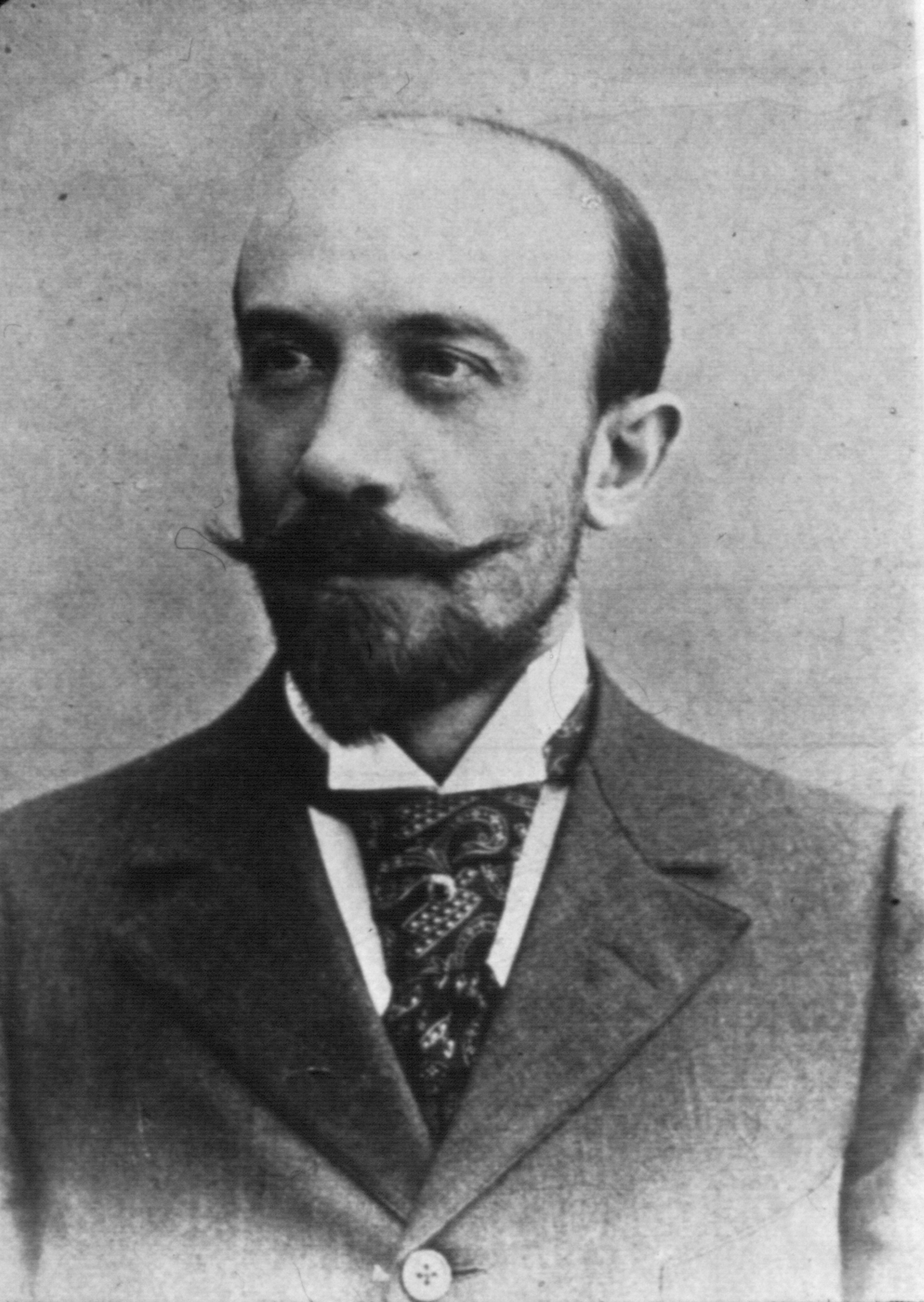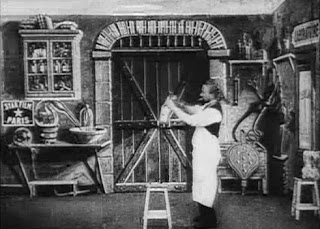December 8 marked what would have been the 150th birthday of Georges Melies -- one of the cinema's most prolific and visionary contributors. Although his work "A Trip to the Moon" remains one of the most iconic films of the silent era, with one of the most recognizable images from that era, Melies did not get to enjoy the success his competitors enjoyed. His work was pirated, leaving Melies in poverty at the time of his death. In the years since his death, however, film scholars and fans have come to appreciate and respect Melies for all of his contributions to cinema.
Beginning his film career in 1896, Melies embarked on a journey to bring a world he knew intimately -- magic -- to film. He discovered early on that there were tricks films could provide that could not be duplicated on stage. Melies became the first filmmaker to realize the advantage that stopping the camera or blocking off portions of the film could afford -- both tricks that Buster Keaton, among others, would later use to their fullest potential.
 |
| Melies' glass studio (From: "A History of Films" - John L. Fell) |
Including multiple heads in his films became one of Melies' recurring elements. In fact, only three years later, Melies had perfected this trick, and to such an extent that he was able to bring something new to it.
In "The Man with the Rubber Head," Melies inflates his 'rubber' head using forced perspective and impressive editing.
 |
| Illustration showing Melies' technique for filming "The Man with the Rubber Head." (From: "A History of Films" - John L. Fell) |
Some critics have derided Melies' work for being rather one-dimensional. As other filmmakers began experimenting with scenic backdrops, expanding narratives and moving cameras, Melies remained rather stationary, sticking primarily to the tricks he had discovered early on and perfected. His sets, as evidenced in the previous film, grew more and more elaborate and impressive, culminating in the sets featured in works like "A Trip to the Moon," "The Infernal Cauldron" and "Gulliver's Travels."
 |
| Scene from "Gulliver's Travels" |
 |
| Scene from "The Infernal Cauldron" |
 |
| Scene from "A Trip to the Moon" |
 |
| Scene from "A Trip to the Moon" |
As I noted before, Melies fell into poverty as his films became pirated, depriving him of the royalties and profits he so deserved. Maybe he would have stuck with his tried and true techniques...maybe he would have adapted to the changing industry around him. Regardless, had he been able to continue his career as he had hoped, on his own terms, who knows what advances he could have continued to make.
Happy birthday, Georges. And thank you for everything.










No comments:
Post a Comment